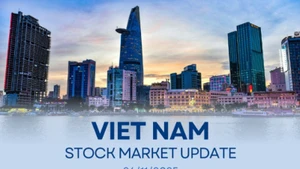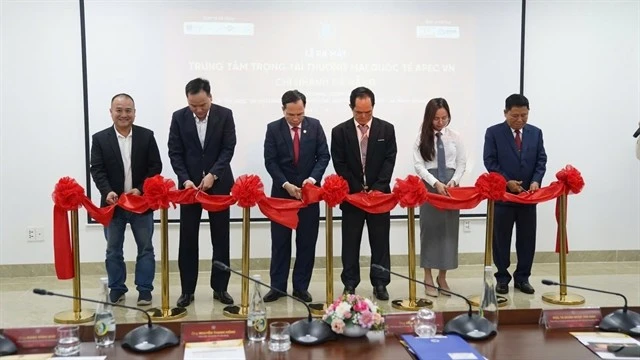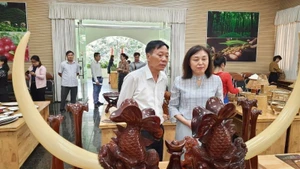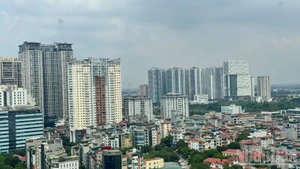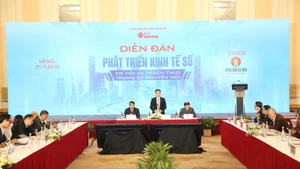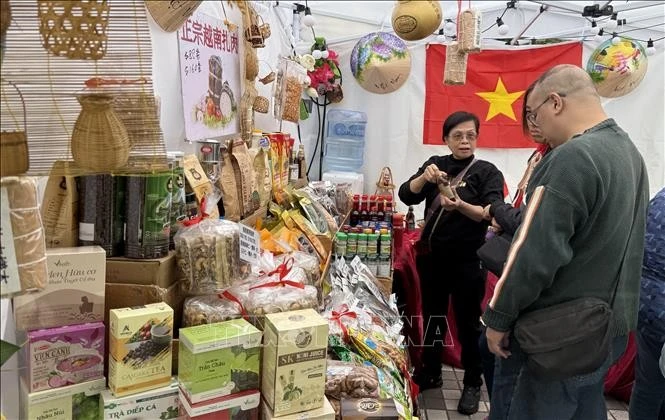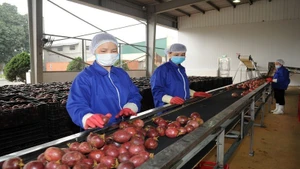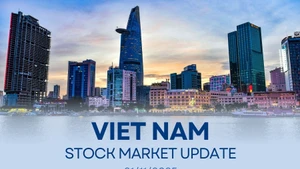Momentum from urban rail transport
With its high-capacity passenger transport capacity, urban railways are the backbone of urban transport infrastructure. In Hanoi, two metro lines (Cat Linh - Ha Dong and the elevated section of Nhon - Hanoi Station) are now operational, helping to change people’s travel habits.
Under Hanoi’s master plan with a vision for 2065, the capital city will add five more urban railway lines with a length of 200 kilometres. In the immediate future, Hanoi will complete more than ten urban railway lines with a length of 410 kilometres by 2035. Specifically, during the 2024-2030 period, 96.8 kilometres will be constructed, while another 301 kilometres will be built during the 2031-2035 period.
The focus on transport infrastructure will help Hanoi accelerate urbanisation, decrease population density, reduce traffic congestion and ease the infrastructure burden on the city centre. Experts believe that urban railways will act as a backbone alongside other transport infrastructure that has been and is being invested in, such as Ring Road 4, Ring Road 5 and the capital city’s second airport, helping Hanoi develop a chain of urban areas from the north to the southwest.
Currently, districts such as Me Linh, Dong Anh, Gia Lam, Phu Xuyen, Thuong Tin, Ung Hoa, My Duc, Chuong My, Quoc Oai and Son Tay Town are areas with significant potential for building urban chains following the TOD model.
TOD urban development is an integrated model combining public passenger transport functions with efficient land use. Dr Le Chinh Truc, Deputy Director of the Hanoi Construction Planning Institute, believes that TOD brings many socio-economic benefits, such as resolving traffic congestion, helping to conserve land resources, and protecting the environment. This is a necessary solution for large cities with high population density like Hanoi.
TOD urban clusters
From a social perspective, Dr Pham Thi Nham, Deputy Director of the National Institute of Urban and Rural Planning, suggests that the TOD model helps transform urban community lifestyles from private to public transport. Regarding urban spatial organisation, the TOD model will transform urban morphology from dispersed, low-density sprawl to concentrated, compact, high-density development.
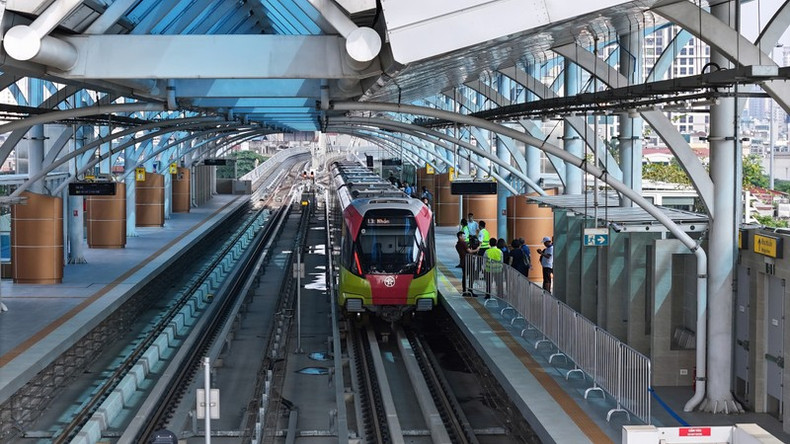 |
| A station of the Nhon-Hanoi Stration metro line. |
From a planning perspective, according to Dr Pham Thi Nham, Hanoi’s urban TOD model needs to be classified hierarchically. Type 1 TOD is a regional transport hub with national and international transport links. Hanoi currently has Noi Bai International Airport for aviation, and a second airport is being planned. For railways and roads, Ngoc Hoi Station will serve as a national and international transport hub, while Hanoi Station plays an important role in inter-regional transport connections and holds historical significance.
For waterways, there is the complex on both sides of Long Bien Bridge. For regional transport links (inter-regional railways, urban railways, national highways), there is Yen Vien Station. At the regional functional level, there is the Hoa Lac science-technology city.
Type 2 TOD (urban level) refers to areas characterised as new urban chains and satellite cities with the potential for land resource exploitation. Type 3 TOD at the residential unit level along routes within a 500-1,000 metre radius will help reduce excessive population concentration in the central urban area.
Although it’s the right direction, TOD urban development poses many challenges for Hanoi over the next 20 years. These barriers mainly revolve around slow implementation, cost overruns in urban railway projects, lack of integration with urban spatial restructuring, poor connection with the transport system, and difficulties in station accessibility.
Dr Le Chinh Truc believes that to implement the TOD model, the government must complete the development of legal mechanisms to promote TOD implementation in major cities. This requires regulation through various laws such as the Investment Law, Bidding Law, Construction Law, Land Law, and others.
Ministries and agencies must conduct further research on standards and regulations for TOD and develop guiding principles for urban planning and design. Additionally, they need to develop railway-focused projects linked with TOD projects to exploit land resources and create investment and operational resources for railway systems. The development of railway and TOD projects will be integrated with urban development programmes across short, medium and long-term plans, creating mutually supportive connections.


